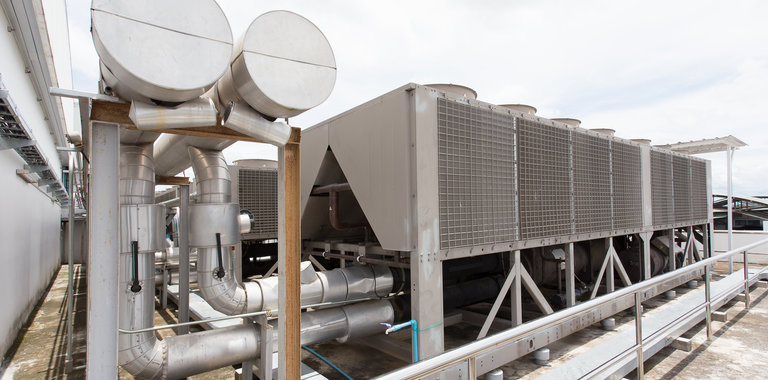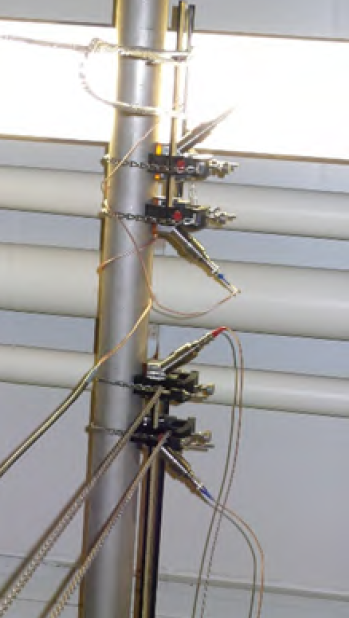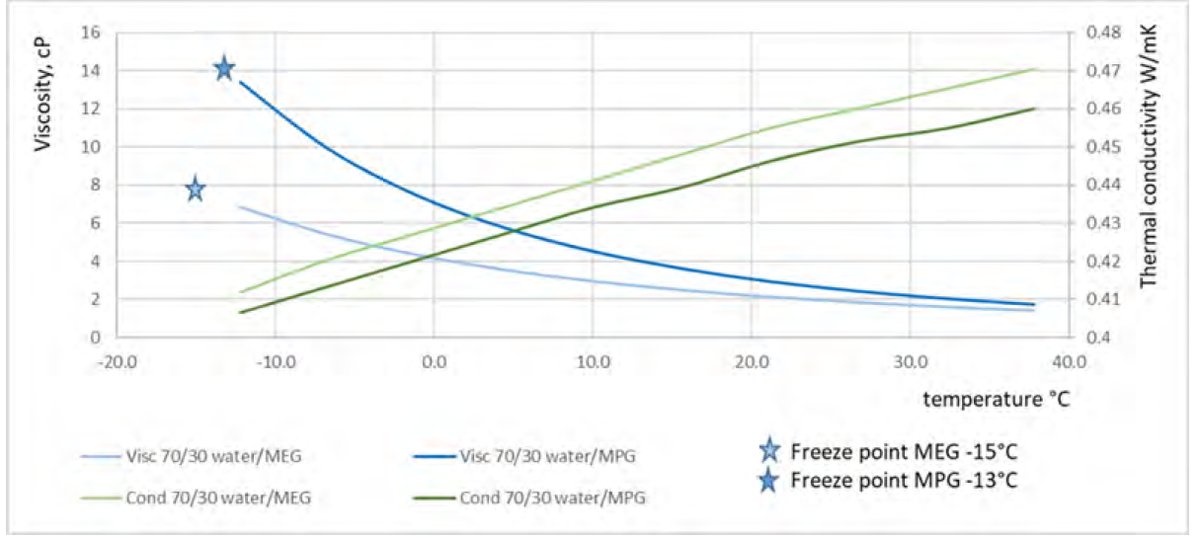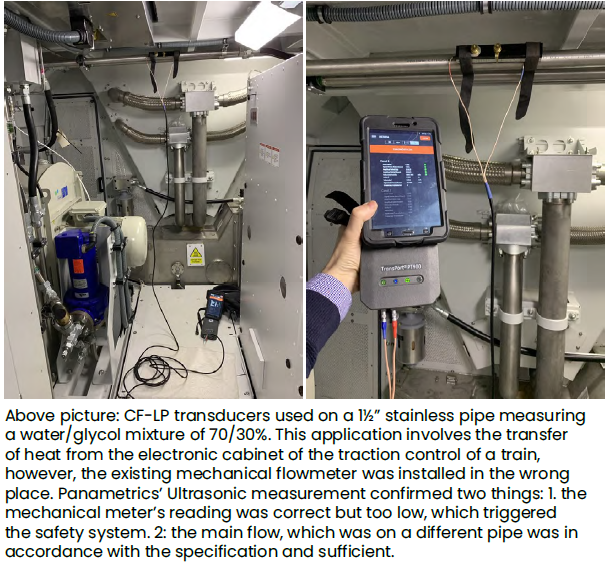
Water-Glycol mixture measurement
Water/glycol mixture are often used in cooling and heating HVAC systems thanks to the heat transfer capability of glycol and its low freezing point when mixed with water.
Optimizing performance across these applications can be challenging, especially when there’s no flow measurement. It can be common to generate the wrong balance of water/glycol mixture which can lead to wastage and poor performance.
Panametrics has an extensive track record providing flow measurements with unrivalled levels of accuracy and reliability across HVAC systems.
There are two main types of water glycol mixtures used in heating/cooling systems that mix well in water at any concentration. • MEG (Mono Ethylene Glycol) or C2H6O2. Typically used in vehicle cooling systems, it is more economic than MPG and has a better heat transfer. However, it is not permitted for use in food processes because it is very poisonous. • MPG (Mono Propylene Glycol) or C3H8O2 is less poisonous. It is typically used in solar process systems, heat pumps, windscreen washer as well as in the food & beverage and pharmaceuticals industries (USP grade). When mixed with water, glycol decreases the freezing point and increases the boiling point that’s why this mixture is so widely used.
The heat transfer or thermal conductivity is affected by two variables: • Viscosity of glycol mixtures being higher than water viscosity • Heat capacity of glycol mixtures being lower than water heat capacity.
At low temperatures the overall system performance will be negatively impacted by the lower pump capacity (due to the viscosity impact) and the lower heat capacity of the mixtures.
Benefits:
- Easy to set up
- No process interruption
- Use for spot checks or permanent installation
- Reliability built on decades of experience
The graph shows the behavior of 70% water with either 30% MEG or 30% MPG.
There are a number of best practice recommendations that should be followed to achieve accurate and reliable flow measurements: • Install the transducers on the return line. If there are air bubbles, they will likely become separated from the mixture in the return line, far away from the pump or sieves; • To avoid bubbles, do not place the ultrasonic signal passing through the upper part of the pipe • Do a trial with a portable unit. At low temperatures and with glycol mixtures above 20% the viscosity will be low. Under these circumstances an emulsion (extreme small bubbles dissolved in the fluid) of air could occur. A temporary stop of fluid circulation will help to change the emulsion into removable air bubbles. Look at the signal while stopping the flow. If an improvement in the amplitude and the noise ratio is observed, then the micro bubbles that were an emulsion have transformed into bubbles that separate from the flow. If so, verify the automatic vent and get rid of the entrapped air. If the signal remains poor, try a lower frequency transducer.
If flow measurement had not taken place, the customer may have generated an incorrect water/glycol mixture ratio, or an emulsion could have occurred without knowing it, leading to lower performance and potential unwanted waste.
Panametrics has successfully provided accurate and reliable flow measurements on HVAC applications using either Transport PT900 or AT600 with C-RS for pipes above 2” and CF-LP (and upcoming CF-JR) for smaller lines as the illustrations demonstrate.



